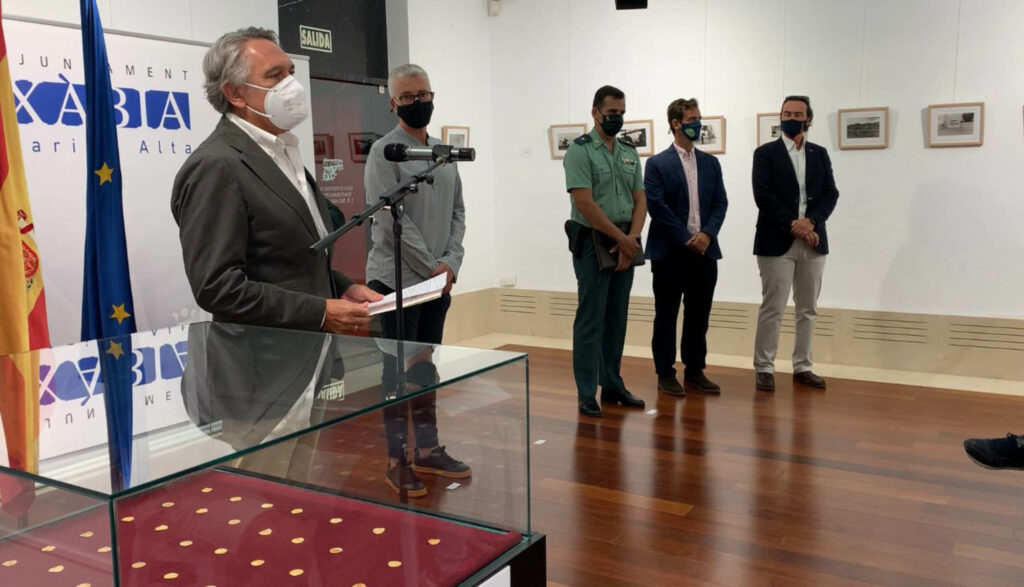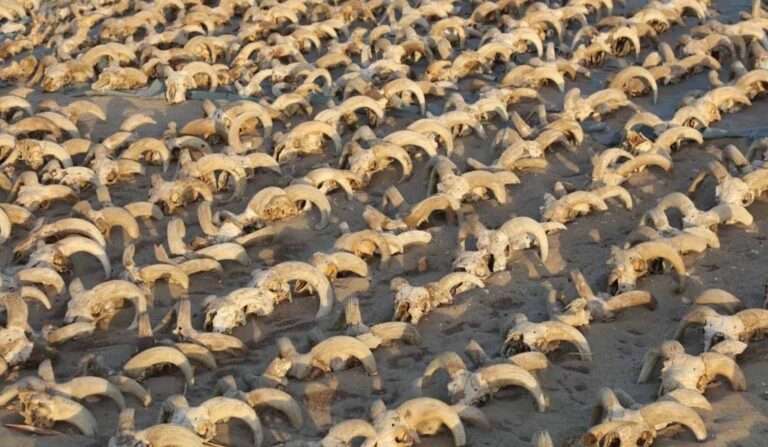Two diving enthusiasts have chanced upon a handful of gold coins off the coast of Spain, which has turned out to be one of the largest collections of Roman coins ever found in Europe.
Experts believe that the coins were probably buried 1,500 years ago to keep them out of the hands of pillaging invaders.
Spanish brothers-in-law Luis Lens Pardo and Cesar Gimeno Alcala were exploring the sea bed off the coast of the town of Xabia in the Spanish province of Alicante earlier this month (September) when they came across the treasure trove of Roman coins.
According to a press statement from the University of Alicante this Tuesday (21st September), the two divers came across eight gold coins on the sea bed.
The two men had no idea they had just made one of the largest Roman coin discoveries not only in Spain but also in all of Europe.
After spending some time looking at the coins, the men made their way back ashore and alerted the Directorate-General for Artistic and Cultural Heritage and archaeologists from the University of Alicante.
Scientists from the Institute for Research in Archaeology and Historical Heritage (INAPH) at the University of Alicante were sent to examine the find.
The researchers found that there were actually 53 Roman gold coins some seven metres (23 ft) under the surface of the sea.

According to the statement, the coins are in such good condition that the researchers were able to identify which emperors appeared on all but one of them.
Valentinian I appears on three coins, Valentinian II on seven, Theodosius I on 15, Arcadius on 17, Honorius on 10 coins, while only one coin was unidentifiable.
INAPH said the coins date back to the late Roman period around the end of the 4th century AD.
Jaime Molina, the head of the team of underwater archaeologists from the University of Alicante working on the discovery, said: “It is one of the largest sets of Roman gold coins found in Spain and Europe.”
He added: “This is an exceptional find. It can offer a multitude of new information to understand the final phase of the fall of the Western Roman Empire.”
According to Molina: “There is a possibility the coins could have been intentionally hidden, in a context of looting like the looting that the Alans perpetrated in the area at that time.”
<<< You May Also Like >>>
Czech Mans Dog Finds Hundreds Of King Wenceslas Silver Coins
INAPH stated: “This finding serves to illustrate a historical moment of extreme insecurity with the violent arrival in Hispania of the barbarian peoples (Suebi, Vandals and Alans) and the end of the Roman Empire in the Iberian Peninsula from 409 AD.”
The local government has announced it is providing EUR 17,800 (GBP 15,241) in funding to continue the excavation of the site where the discovery was made.
The excavation will be continued by the General Plan for Underwater Archeology along with the University of Alicante and the Museum of Xabia.
Once the coins are restored, they will go on display at the Soler Blasco Archaeological and Ethnographic Museum of Xabia.

To find out more about the author, editor or agency that supplied this story – please click below.
Story By: Peter Barker, Sub-Editor: William McGee, Agency: Newsflash
The Ananova page is created by and dedicated to professional, independent freelance journalists. It is a place for us to showcase our work. When our news is sold to our media partners, we will include the link here.




